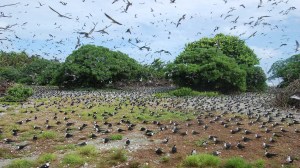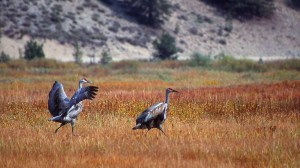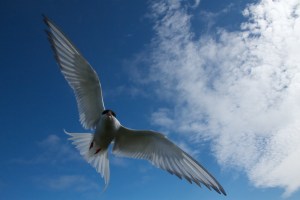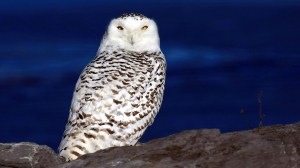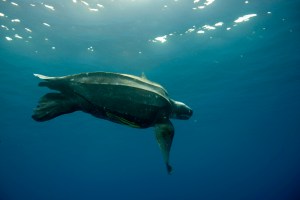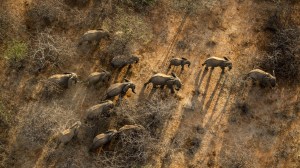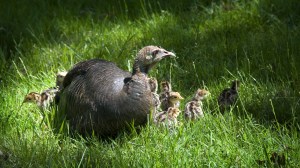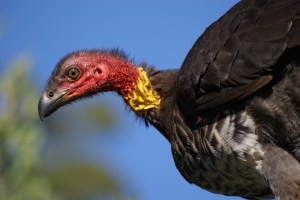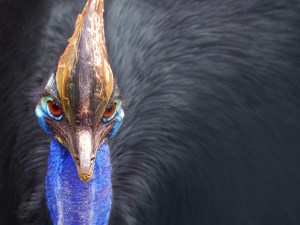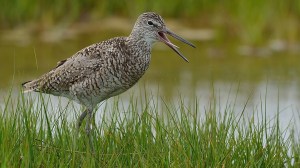Discover stories in Wildlife
Recovery: The Miracle on Palmyra
Palmyra Atoll has recovered from many calamities, but it couldn’t recover from rats. Can a dying ecosystem be brought back to life? Ted Williams reports.
Raising Cranes: Can Grain Fields Save a Bird?
Greater sandhill cranes' numbers have plummeted since the 1990s in the Greater Yellowstone region. Can a new effort that pays farmers for unharvested grain help?
Protected Areas Are Falling Short for Migratory Birds
Compared to other species, the world’s nearly 10,000 birds receive a lot of conservation attention. But what if one of our most common conservation tools — protected areas — are failing to protect migratory spe
Top 10 Winter Wildlife Experiences to Enjoy Near You
The weather outside is frightful, but the fire? Forget it. It’s time to head outside in search of owls, tracks, carcasses and more. Your guide to winter wildlife fun.
Roadkill on the Ocean Highway: Can Experimental Fishing Reduce Sea Turtle Bycatch in the Pacific?
Sea turtles were once so abundant that they caused traffic jams in the ocean, but now longline fishing and other threats are decimating populations. Could experimental fishing techniques make the sea highways safe for turtles once more?
Connecting the Tigers
A new study by NatureNet Science Fellow Trishna Dutta and her colleagues shows some surprising — and hopeful — findings for protecting India’s tigers.
Good News for Elephants: How These Communities Reduced Poaching by 35 Percent
When communities become involved in conservation, does wildlife protection really follow? Recent reports from northern Kenya provide hopeful evidence that the answer is yes.
Binge on Turkey with One of the Greatest Nature Movies, Ever
Tired of parades and football? How about enjoying a little more turkey – with a movie that shows these birds as you’ve never seen them before.
Introducing the Australian Brushturkey
It's hideous, follows tourists around for snacks, and lays its eggs in a giant pile of rotting leaves like a dinosaur. Happy Thanksgiving from Down Under.
Move Over Turkey: Meet the World’s Other Bald, Be-wattled Birds
Have you ever actually looked at a turkey? They’re cool, weird, and impressively ugly. But American Wild Turkeys aren’t the only ugly birds out there ⎯ with 10,000 avian species on Earth, the possibilities for ugly are endless.
Can Helicopter-deployed Toad Sausages Save Australia’s Northern Quoll?
Australian scientists are teaching endangered northern quolls to avoid deadly cane toads by feeding them toad sausages laced with nausea-inducing chemicals. Yes, really.
Beyond Birding by Ear: Understanding Bird Alarm Calls
Birders know the value of recognizing bird calls. Now it’s time to add another dimension: understanding bird alarm calls. Ornithologist Joe Smith explains the complex and fascinating ways that birds cry “Danger!”
